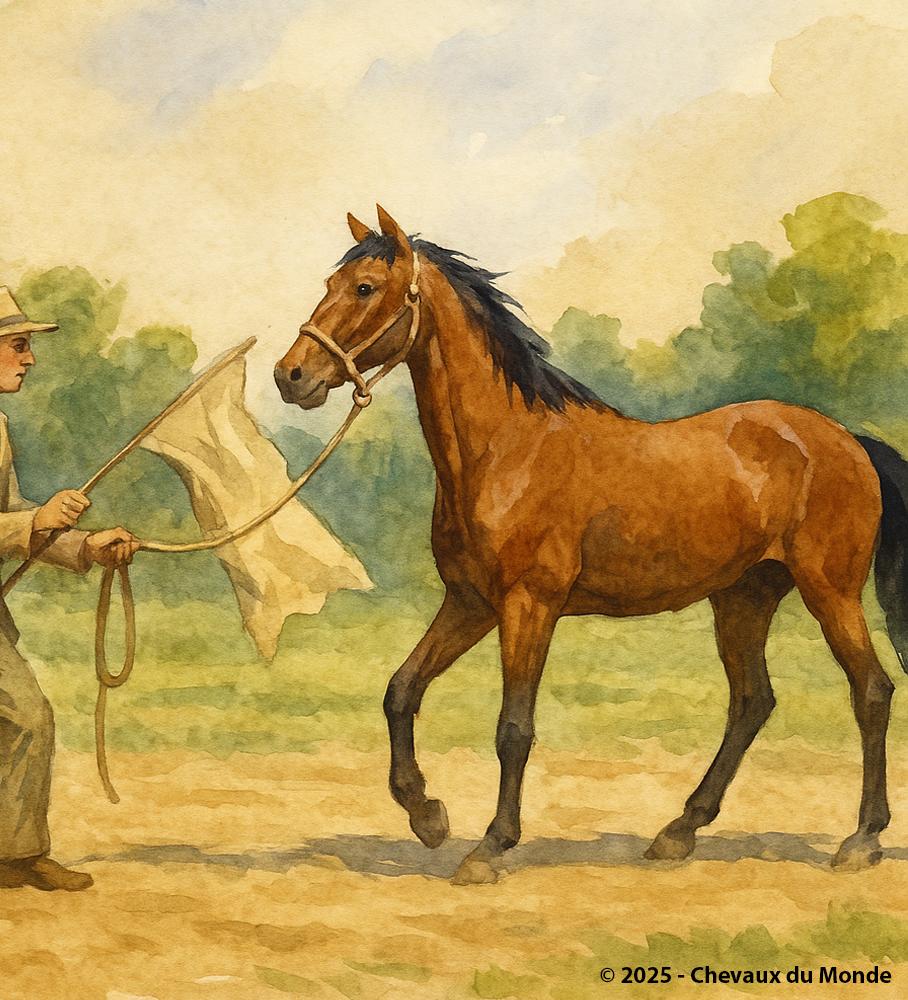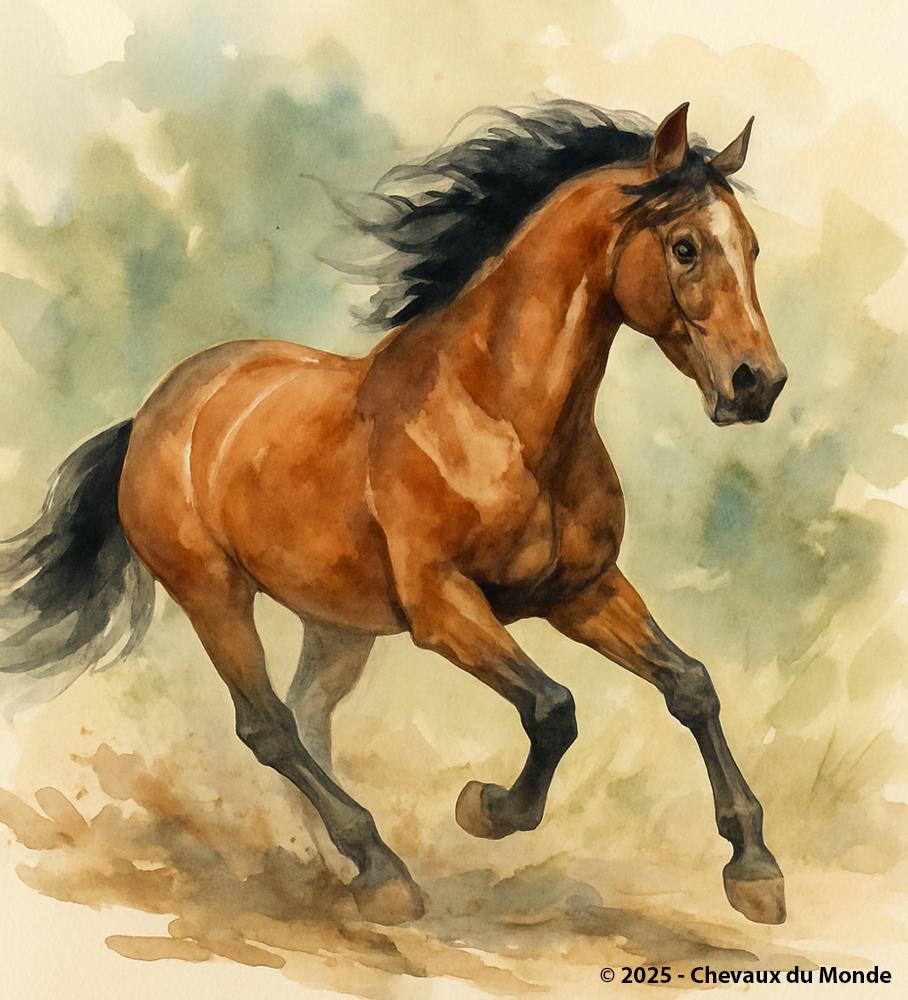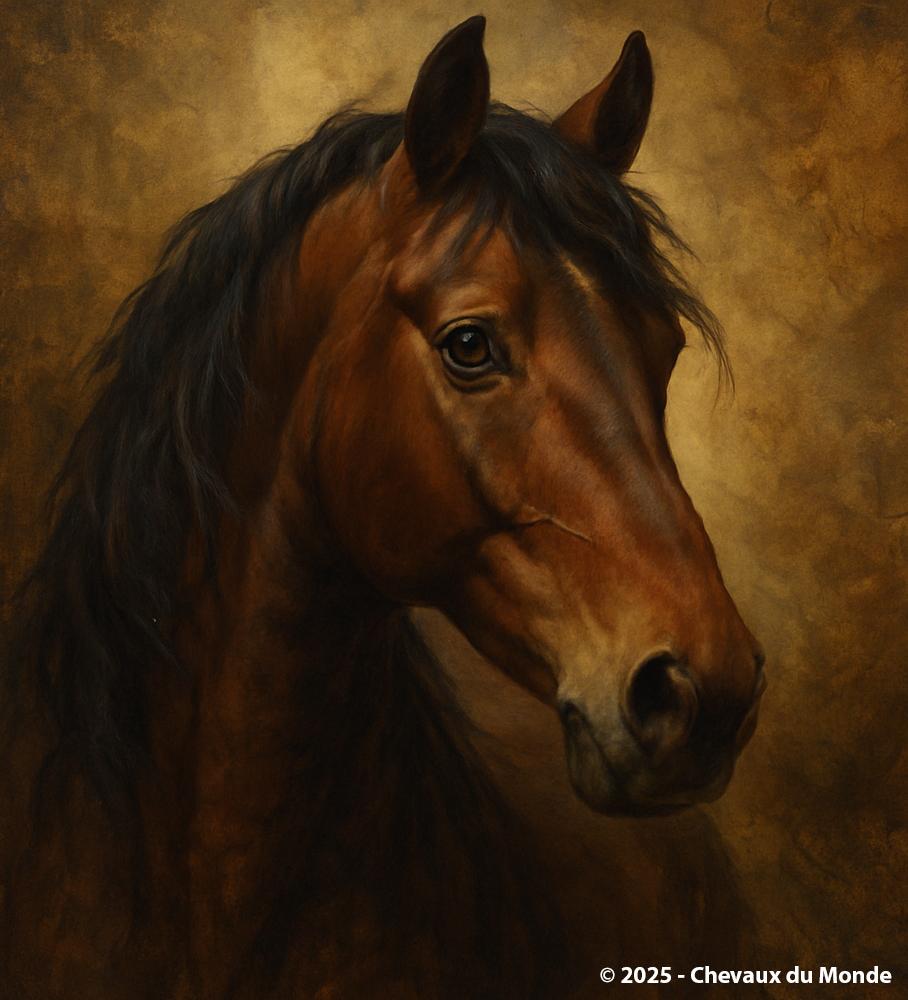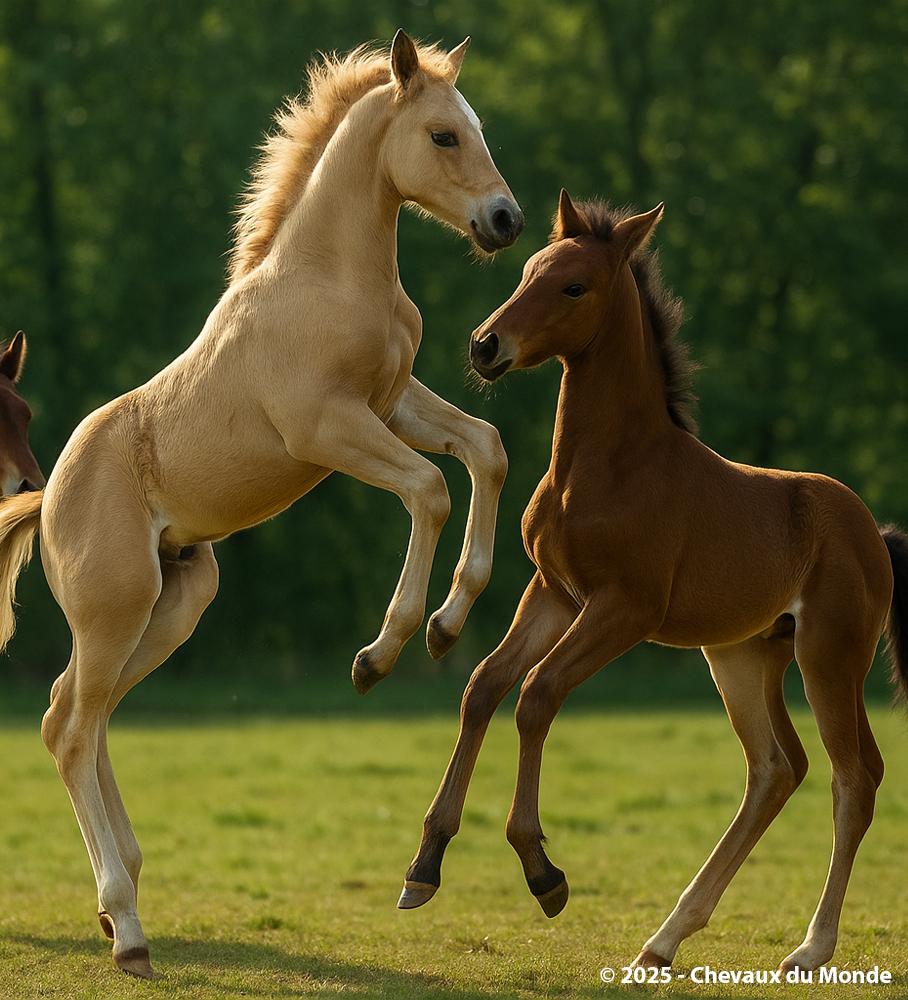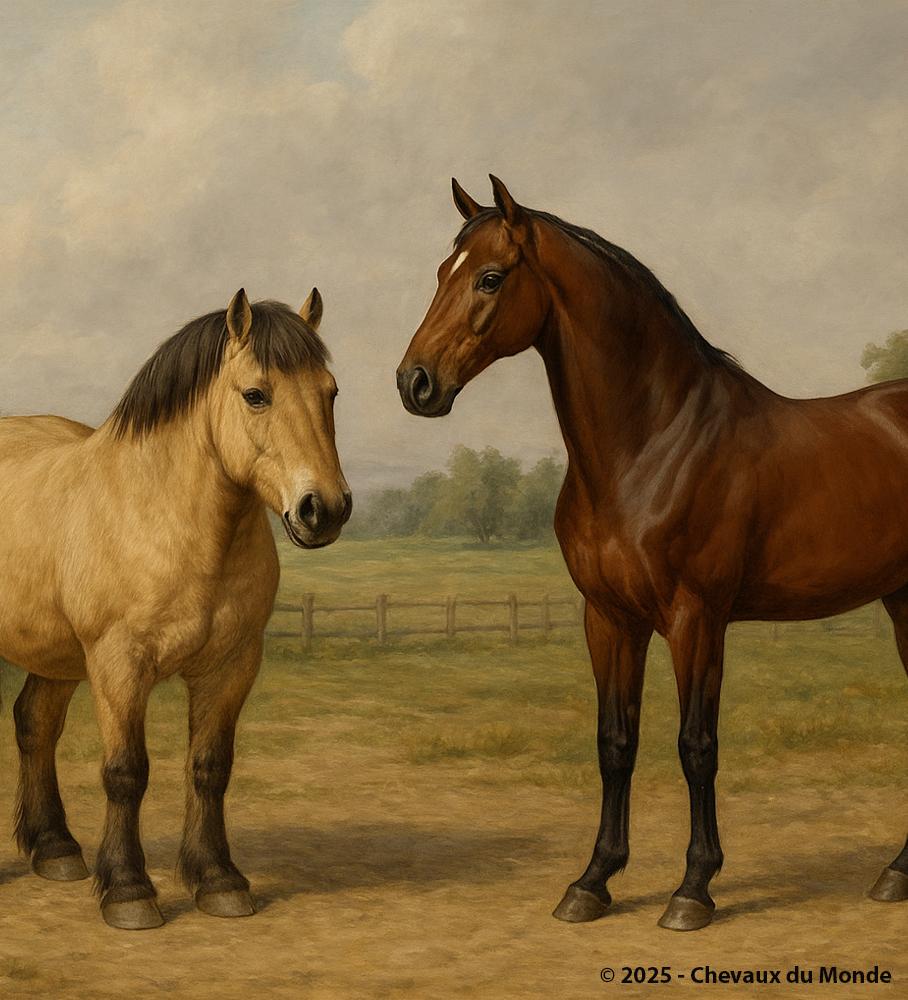HOW DO HORSES PERCEIVE COLORS?
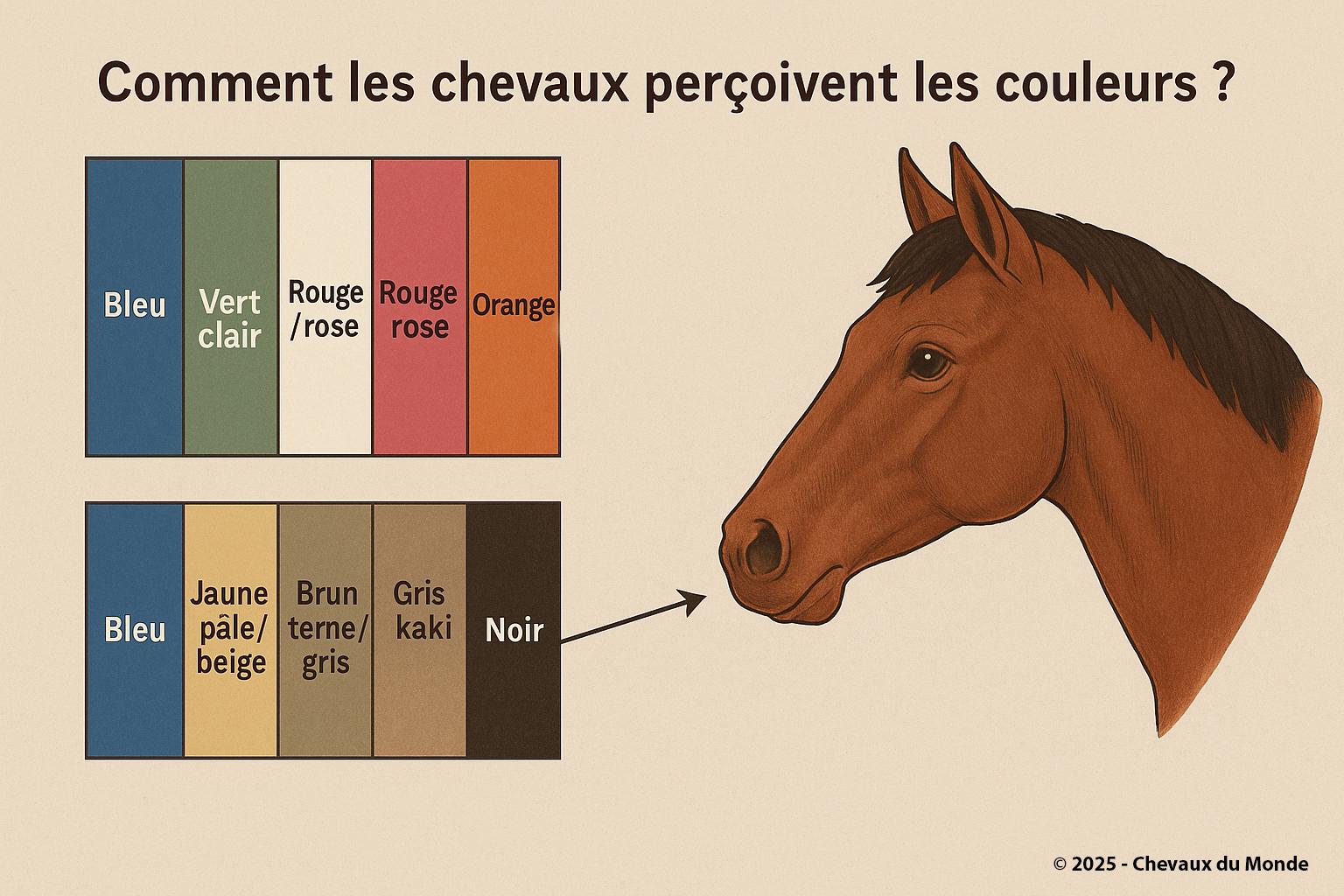
Horses mainly see blue and some shades of yellow-green, but cannot perceive red, orange, or pink, which appear dull or grayish to them.
The way horses see the world is quite different from how humans do. While we perceive a rich and varied spectrum of colors, horses have a more limited visio but one perfectly adapted to their needs as prey animals. So, do they see in black and white? Which colors can they really distinguish? Here's what science tells us.
1. Horses Aren’t Strictly Color-Blind
It’s often said that horses “don’t see colors,” but that’s inaccurate. Their vision is dichromatic, meaning they have two types of cones (the photoreceptor cells in the retina), compared to three in humans.
- Humans detect blue, green, and red wavelengths (trichromatic vision)
- Horses mainly detect blues and some greens, but not red
- Red, orange, or pink appear to them as muted tones, similar to gray or brownish-green
2. Which Colors Do Horses See Best?
Horses are more sensitive to contrast than to vivid colors. For example, a red object on a green background may appear as a flat, uniform surface, which can lead to hesitation or refusal when jumping certain obstacles.
3. A Vision Suited to Life as Prey
A horse’s visual system wasn’t designed for admiring sunsets. It’s built to detect movement—even slight—across a wide visual field:
- A 340° field of vision, thanks to lateral eye placement
- Narrow binocular vision in front, useful for judging distance
- Very good sensitivity to light and darkness
- Lower visual acuity (fuzzy details at long distances)
Thus, horses make up for their limited color perception with excellent motion detection, which is essential for escaping predators.
4. Practical Implications for Humans
- In jumping competitions, red poles on green backgrounds may appear indistinct
- The color of saddle pads or halters has no aesthetic meaning for the horse
- To attract their attention, it’s more effective to rely on shape, contrast, or scent than color
Horses don’t see in black and white, but their color vision is limited to two main ranges: blue and yellow-green. They cannot perceive red or orange the way we do. However, their visual system is perfectly adapted to survival, offering a broad field of view, motion detection, and light sensitivity. They experience the world differently—but functionally.

